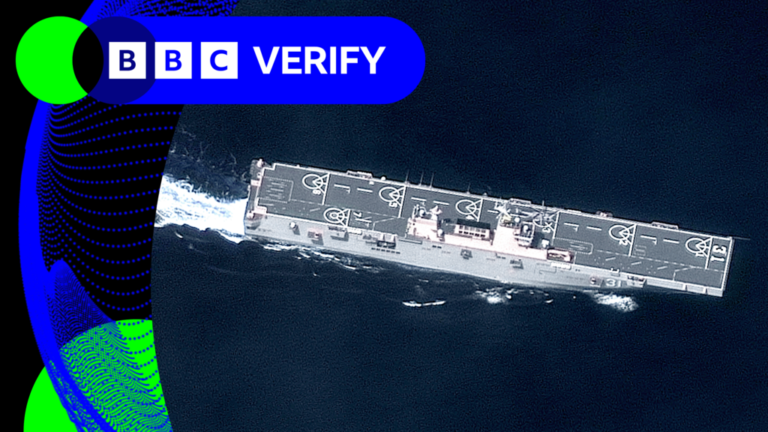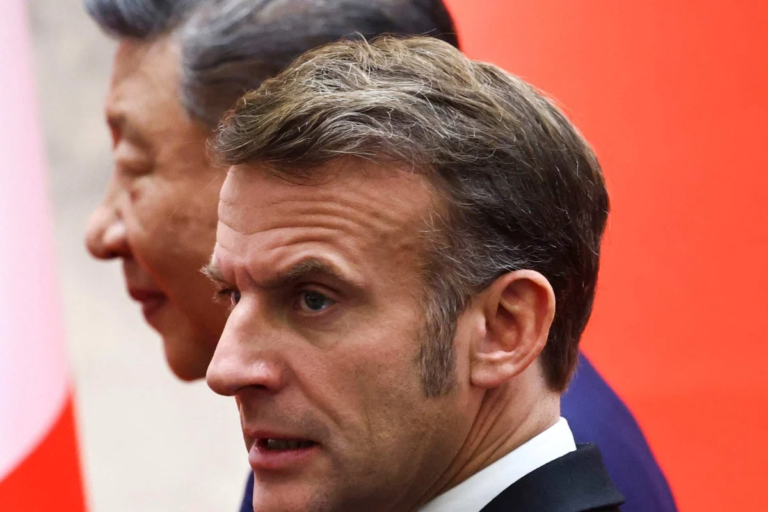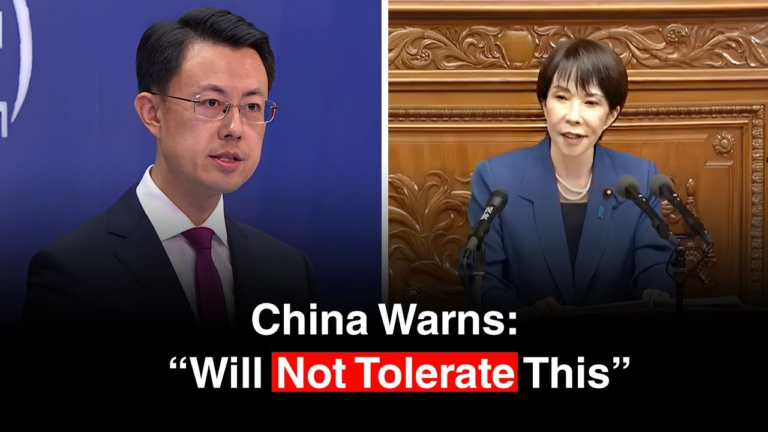
Japan’s accelerated deployment of its upgraded standoff missile system marks a strategic shift, with Tokyo seeking to bolster its deterrence amid growing regional threats, particularly from China.
Japan’s Defense Ministry announced in late August 2025 that the Type 12 surface-to-ship missile will be deployed in March 2026, a year ahead of schedule. The nation’s first domestically developed long-range missile is central to establishing credible counterstrike capabilities, officials said.
Defense Minister Gen Nakatani underscored the urgency, citing the “severe and complex security environment” and saying that “it is essential to possess the capability to deter and repel an invasion wherever it may occur.”
The Japan Ground Self-Defense Force launches a Type-12 surface-to-ship missile during Exercise Talisman Sabre 2025 in Australia. AUSTRALIAN DEFENCE DEPARTMENT
Japan’s escalating security challenges include frequent territorial incursions by China’s military in the East China Sea. Beijing’s rapid military buildup and threats to forcibly annex self-governed Taiwan, and North Korea’s illegal weapons of mass destruction programs and increasing military ties with Russia have spiked regional tensions.
With a range of about 1,000 kilometers, the Type 12 can reach China’s mainland and North Korea. The first missiles will be deployed on Kyushu, the southernmost of Japan’s main islands.
The Type 12 deployment, including planned air- and ship-launched variants of the missile, is part of a multipronged strategy to reinforce deterrence. Tokyo also is accelerating the rollout of hypersonic glide vehicles, the Japan Forward news publication reported.
In September 2025, Japan deployed a destroyer to the United States to equip the vessel with Tomahawk cruise missiles. Tokyo announced it will buy up to 400 of the U.S.-made missiles, which can be launched from surface ships or submarines and have a range of 1,600 kilometers. Japan plans to equip 10 destroyers, including two under construction, with a missile variant that can be rerouted during flight and strike targets using infrared imaging.
Japan is set to allocate the equivalent of 2% of its gross domestic product to defense in 2025, about $55 billion, including for Type 12 and Tomahawk missiles.
The strategic driver for the defense upgrades is clear, according to Dr. Jeffrey Hornung, an expert on Japan’s defense policy at the Rand Corp., a U.S.-based think tank. “China,” he told FORUM. “At the end of the day, the threat keeps getting worse.”
Hornung said standoff systems such as the Type 12 and Tomahawk represent a doctrinal evolution: from passive defense to active deterrence.
The accelerated deployment dovetails with evolving Indo-Pacific defense frameworks, particularly the longtime Japan-U.S. alliance. The move “strengthens the alliance in a key way,” Hornung said, noting the potential for deeper integration in joint targeting and command and control operations.





